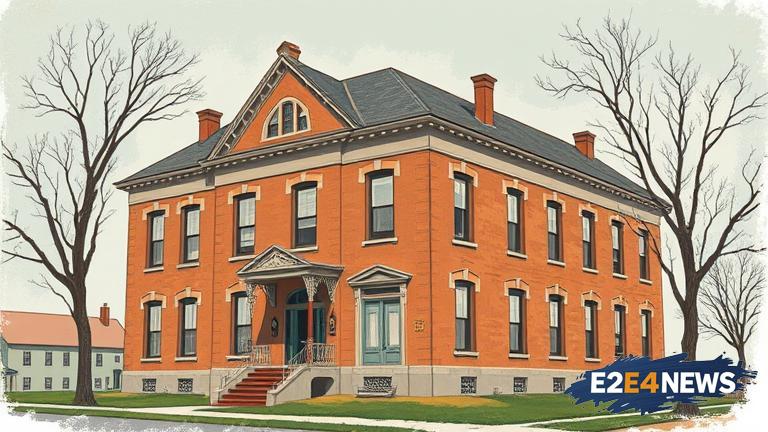In a bid to preserve the rich history of Iowa, efforts are underway to save several buildings that hold significant connections to Henry Wallace, the 33rd Vice President of the United States. Wallace, who served under President Franklin D. Roosevelt from 1941 to 1945, was a prominent figure in American politics and agriculture. The buildings in question, located in various parts of Iowa, are a testament to Wallace’s life and legacy. Preservationists are working tirelessly to restore and maintain these structures, which include his childhood home, a farm, and other notable buildings. The initiative aims to not only preserve the physical buildings but also to educate the public about Wallace’s contributions to American history. Henry Wallace was a pioneer in the field of agriculture, and his work had a profound impact on the development of the industry. He was also a strong advocate for social justice and played a crucial role in shaping the country’s agricultural policies. The preservation efforts are being led by a coalition of local historical societies, museums, and community groups. These organizations are working together to raise funds, gather resources, and mobilize support for the preservation project. The goal is to create a network of historic sites that showcase Wallace’s life and work, providing a unique glimpse into the past. The project has garnered significant attention and support from local residents, historians, and preservationists. Many have come forward to share their stories, memories, and artifacts related to Wallace’s life, which will be used to create interactive exhibits and educational programs. The preservation efforts are not only about saving buildings but also about preserving the intangible heritage of the community. By saving these buildings, the project aims to foster a sense of community pride and ownership, promoting a deeper understanding and appreciation of the state’s history. The initiative has also sparked interest among tourists and history enthusiasts, who are eager to explore the historic sites and learn more about Wallace’s legacy. As the project progresses, it is expected to have a positive impact on the local economy, creating new opportunities for tourism, education, and community development. The preservation of these buildings is a testament to the power of community-driven initiatives and the importance of preserving our cultural heritage. It is a reminder that history is not just about the past but also about the present and the future. By saving these buildings, we are not only preserving the memories of the past but also shaping the narrative of our collective future. The project serves as a model for other communities to follow, demonstrating the value of collaboration, perseverance, and creativity in preserving our cultural heritage. As the world becomes increasingly globalized, it is essential to preserve our local histories and cultural identities. The preservation of these buildings is a step in the right direction, ensuring that the legacy of Henry Wallace and the history of Iowa are protected for generations to come. The project is a celebration of the state’s rich history, its people, and their contributions to the nation. It is a reminder that our history is a shared heritage, and it is our responsibility to preserve it for the benefit of future generations. In conclusion, the preservation efforts underway in Iowa to save buildings linked to Henry Wallace are a significant step towards preserving the state’s cultural heritage. The project is a testament to the power of community-driven initiatives and the importance of preserving our history for future generations.
